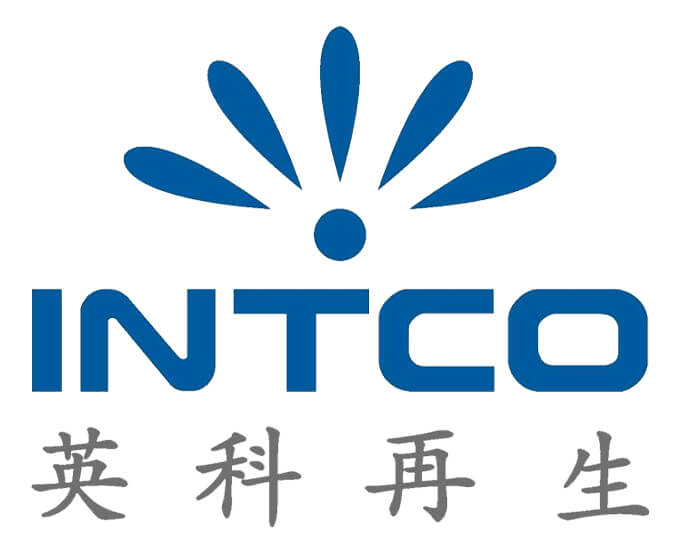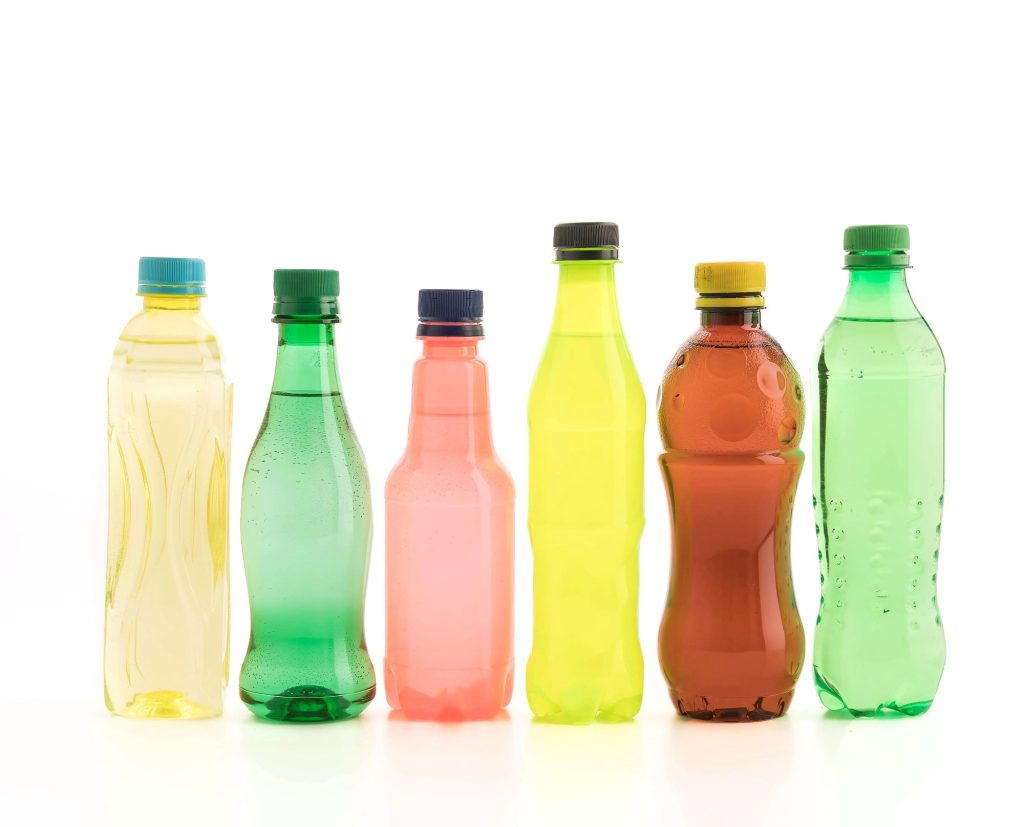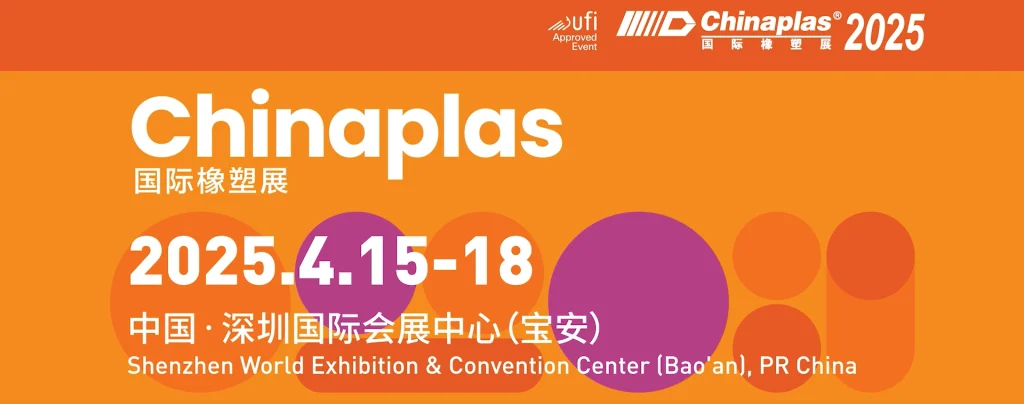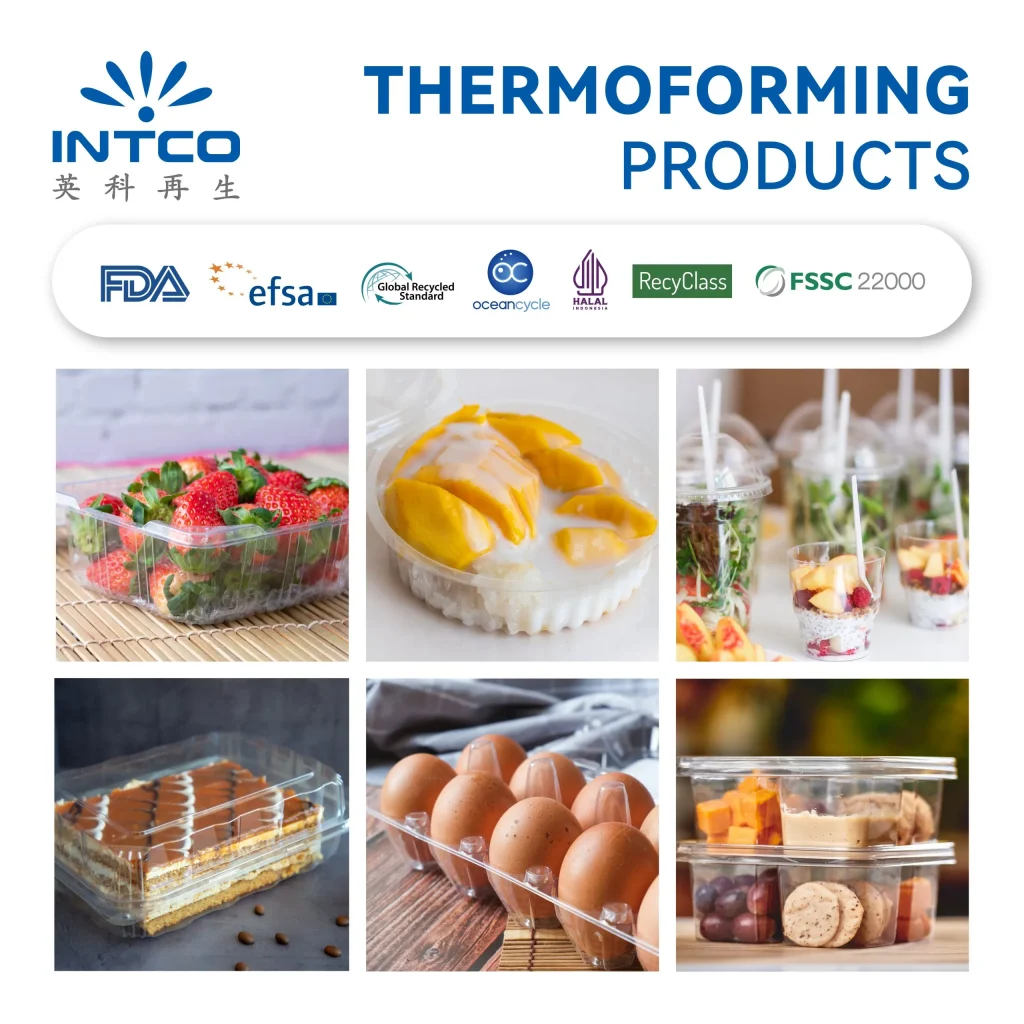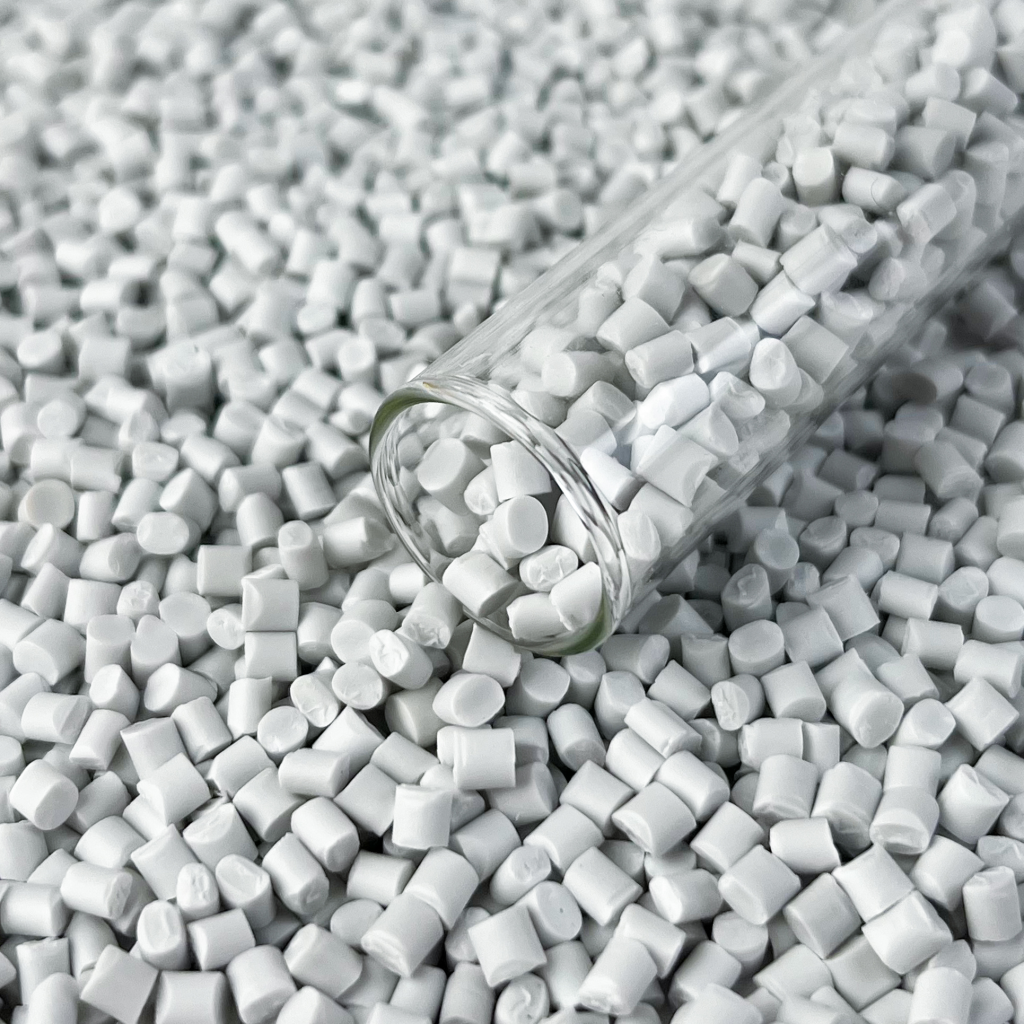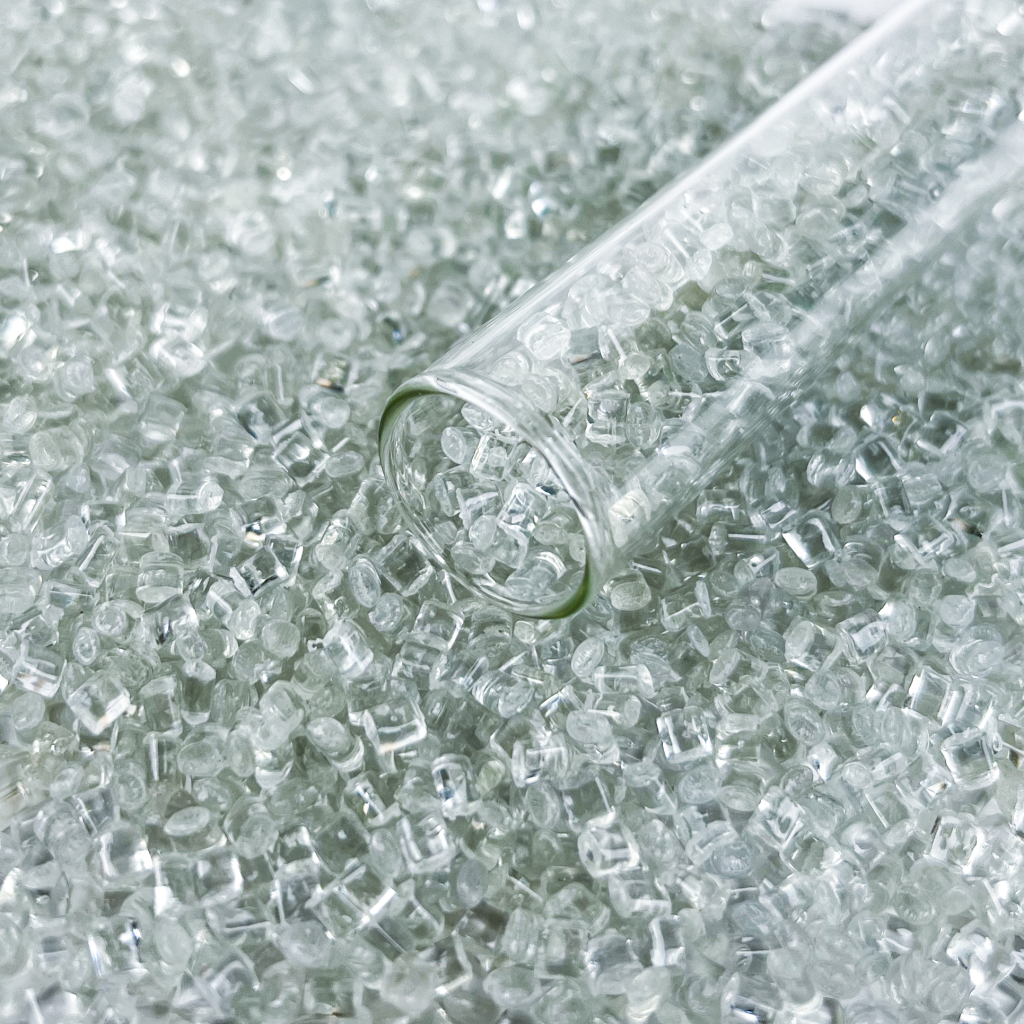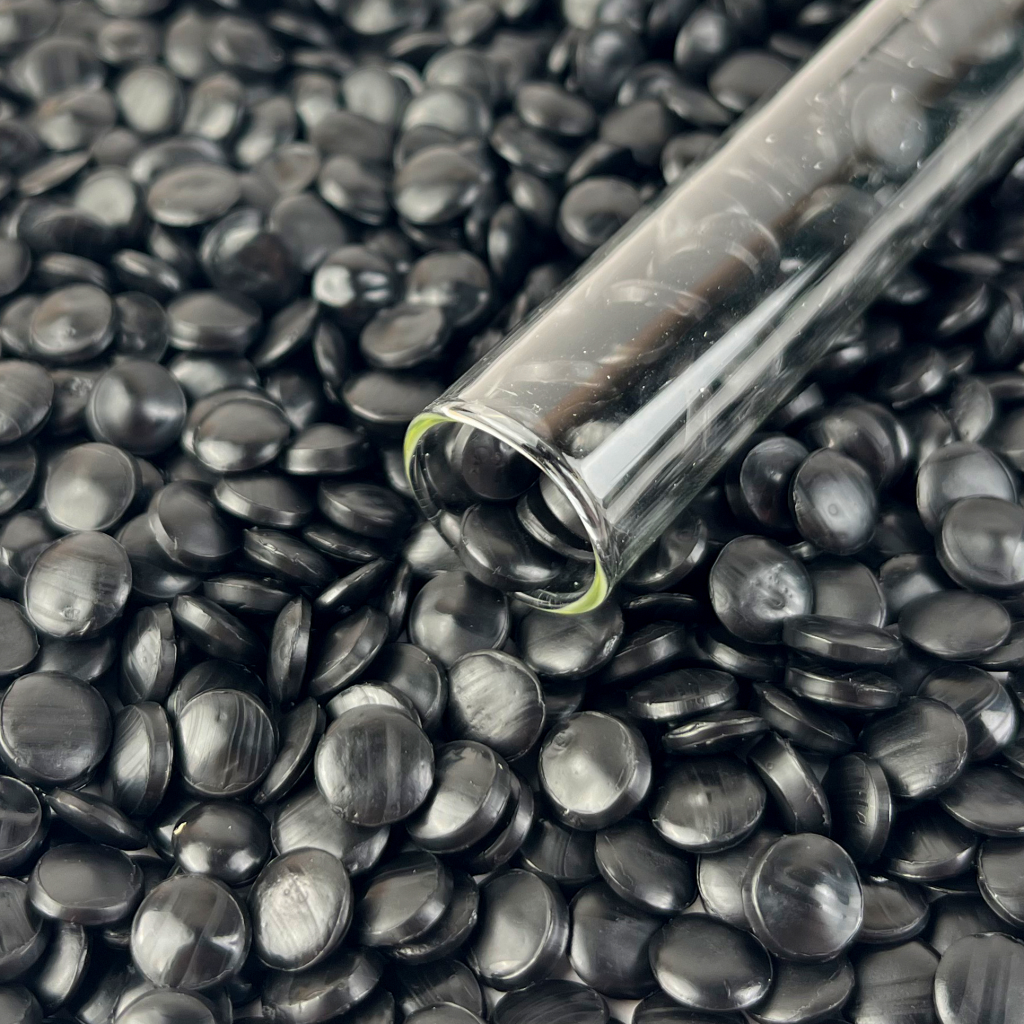The pricing of rPET, particularly food-grade rPET, versus virgin PET is influenced by several critical factors. Supply chain dynamics play a significant role, as the availability of recyclables often fluctuates based on collection rates, processing capabilities, and material quality. These fluctuations can lead to price variability for recycled options, impacting competitiveness against virgin materials. Additionally, the impact of regional exchange rates must be considered, as they can affect import/export costs and influence local market pricing.
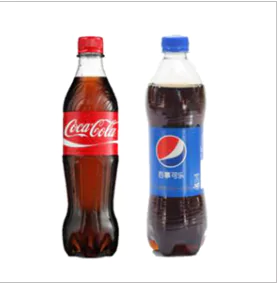
Moreover, The need, for food-grade recycled PET in the market has been on the rise because of worries and government rules supporting sustainability efforts. These factors boost the importance of food-grade rPET and lead producers and consumers to opt for recycled materials of ones. This increasing awareness plays a role, for companies aiming to make conscious decisions that align with worldwide sustainability objectives.
Supply Chain Dynamics for rPET and Virgin PET
Each step within the supply chain for both food-grade rPET and virgin PET optimally determines their respective costs. Virgin PET typically relies on a more straightforward supply chain involving less complexity, as it is derived from petrochemicals. In contrast, food-grade rPET must manage a more intricate reuse and recycling process, which includes meticulous collection, sorting, and processing of post-consumer bottles. These added steps can introduce extra costs, but they also ensure a sustainable product aligns with stringent health and safety regulations.
Impact of Regional Exchange Rates on rPET Prices
The pricing of products can be greatly influenced by changes, in currency exchange rates as rPET gains popularity worldwide. Q fluctuations, in currency value, can impact trade dynamics and cost structures significantly a favorable exchange rate can make importing PET cost-effective compared to using local rPETnn while an unfavorable rate could increase the expenses linked to acquiring virgin materials so considering geographical factors becomes crucial when examining pricing trends.
Influence of Market Demand for Food-Grade Recycled PET
The need, for recycled PET for food use is growing rapidly as there’s a shared effort to embrace greener packaging solutions in the market today Consumers and regulatory bodies are both pushing for environmentally friendly alternatives which means producers are under pressure to meet this increasing demand As a result of this heightened interest prices of food-grade recycled PET might escalate especially if the supply doesn’t match the demand With sustainability playing a vital role in consumer decision making this changing market scenario provides key learnings, for companies aiming to stay ahead in the competition.
How Does the Cost Competitiveness of rPET Compare to Virgin PET?
The cost-effectiveness of recycled PET (rPET) in food-grade uses is supported by factors such, as enhancements, in the recycling process efficiency. Technological advancements and improved methods have empowered rPET manufacturers to recycle plastics resulting in cutting down expenses. This enhanced efficiency enhances rPETs attractiveness as a choice enabling manufacturers to streamline their processes while lessening harm.
Efficiency Improvements in the rPET Recycling Process
Advancements, in recycling technologies, are changing the way food-grade rPET gets manufactured by making the collection and processing stages more effective and cost-efficient through sorting methods that enhance product purity and quality while lowering production expenses to strengthen food-grade rPETs’ competitiveness, against virgin PET.
Current Market Prices for Food-Grade and Non-Food-Grade rPET
The current prices, in the market, highlight a difference between food-grade rPET and nonfood-grade options. Experts note that while virgin PET prices are holding overall the cost of food-grade rPET has been fluctuating due to rising demand and challenges, in recycling. Familiarizing yourself with these price trends can help you make choices when it comes to buying products. Make sure you understand the advantages of using food-grade rPET pellets that have received safety and quality certifications.
The Role of Conversion Processes from Flake to Pellet
The transformation, from flake to pellet also has an impact on the cost structure involved in the process. Turning rPET flakes into pellets for food-grade applications incurs processing costs; however necessary for meeting the precise requirements essential in food packaging scenarios. Although this alteration could lead to a cost rise; selecting a supplier can guarantee streamlined production processes and offer a financially prudent option, for environmentally conscious businesses.
What Price Developments Have Occurred in the rPET Market Recently?
Lately, changes in pricing, within the rPET market indicate emerging trends that are noteworthy for you to consider Pay attention to the price adjustments in food grade rPET as they demonstrate how the industry responds to changing market conditions and regulatory influences Monitoring these trends can offer insights, for your purchasing strategies particularly if you’re looking to incorporate more eco-friendly materials into your product range.
Quarterly Price Trends for Food-Grade rPET
Keeping an eye on the pricing patterns of food-grade recycled PET (rPET) can provide insights, into where the market may be heading in terms of costs and demand fluctuations. These observations can shed light on when demand spikes occur and are often linked to consumers’ growing interest in eco options. For companies aiming to make decisions about inventory management and purchasing strategies staying up to date on these trends can be advantageous, for adapting to price fluctuations strategically.
Historical Price Comparisons Between Bottle-Grade rPET and Virgin PET
Looking back at the prices of bottle-grade rPET and virgin PET reveals that there have been fluctuations, over time. Especially as sustainability efforts become more important over the years. Prices of rPET are closely matching those of virgin PET due, to these environmental concerns and changing consumer preferences. Studying these patterns helps us better understand how environmental issues and consumer choices impact the market’s ebb and flow.
Effects of High Demand on Market Premiums
The strong need for food-grade rPET leads to market premiums that can have an impact, on pricing strategies. This dynamic prompts manufacturers to seek out ways to boost production and cut costs. The balance of supply and demand plays a role, in shaping market dynamics.. By staying informed about these changes stakeholders can adapt their approaches successfully to ensure their products are both financially sustainable and eco-friendly.
In essence, the comparison, between food-grade rPET and virgin PET resin involves factors such as cost implications and fluctuations, in demand and supply chain operations. When exploring this changing industry landscape it’s important to recognize the benefits of using certified food grade rPET pellets that adhere to standards offering companies eco choices that cater to customer preferences and support environmental conservation efforts..
What is the Future Market Outlook for Food-Grade Recycled PET?
The market, for eco packaging options like food-grade recycled PET (rPET), shows a future as more consumers prefer sustainable materials and industries are under pressure to adopt circular economy practices due to regulations changes. Moreover, innovations in recycling techniques are improving the practicality and commercial appeal of food-grade rPET making it more appealing, to both producers and suppliers.
Research Insights into Cost Competitiveness by 2024
Based on an examination of the market trends, up to 2024 reveals that the cost-effectiveness of food-grade recycled PET (rPET) compared to PET could increase due to advancements, in technology and emerging market shifts Research indicates that as technology evolves recycling methods become more efficient leading to lower operational expenses associated with gathering sorting and processing materials from consumers after use. Moreover, observations, on how consumers behave show that they are willing to spend more on eco products; this trend will probably keep affecting pricing strategies in support of food-grade recycled PET materials.
In addition, to that expected rise in rules supporting eco-packaging solutions in the future businesses that incorporate food-safe recycled PET material into their supply chains might experience extra advantages such as tax breaks, customer loyalty, and an improved brand image. By staying updated on these developments companies can prepare for progress in the eco-packaging sector while also maintaining their competitiveness, in their industries.
Opportunities for Scaling Post-Consumer Recycled PET in the US
The potential, for expanding the use of consumer recycled PET (rPET) in food-grade applications in the United States holds significant promise amid growing consumer concern over the environmental effects of disposable plastics. A shift toward recycling offers manufacturers an opportunity to address these concerns. The establishment of recycling systems will play a role, in fostering the growth of the rPET market.
Furthermore, working with businesses and forming partnerships can help expand recycling efforts by combining resources and knowledge to address challenges, in the recycling process. Companies in the food-grade rPET sector can consider ways to improve collection and processing rates to ensure a flow of high-quality rPET that meets industry requirements. Alignments of these efforts with government policies supporting recycling could lead to progress. Encourage wider use of food-grade rPET, in various industries.
Dive Deeper with Intco Plastic’s Innovative Solutions
To explore innovative solutions in the realm of food-grade rPET, consider what Intco Plastics offers. Their Food-grade R-PET Pellets provide an exemplary case of how recycled materials can meet stringent safety and quality standards. With certifications from FDA and EFSA, these pellets boast excellent flavor barrier properties, ensuring that the integrity of contents remains uncompromised.
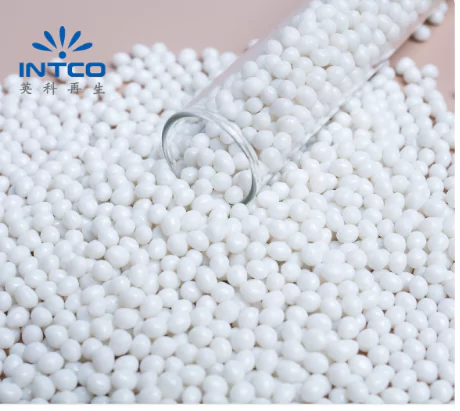
Intco Plastics places a value on using cutting-edge technologies during recycling to improve the quality and market appeal of their products effectively. For example, tailored cutting techniques and added functional enhancements allow for an approach, to addressing individual client requirements. By embracing these solutions companies can shift towards practices more seamlessly while making a positive impact, on their corporate social responsibility initiatives.
The changing food grade rPET market presents opportunities, for businesses that stay updated and utilize solutions like the ones offered by Intco Plastics to stand out. Embracing practices isn’t a passing fad but a crucial element of your operational approach as you adapt to shifting trends, in material sourcing and product innovation.
